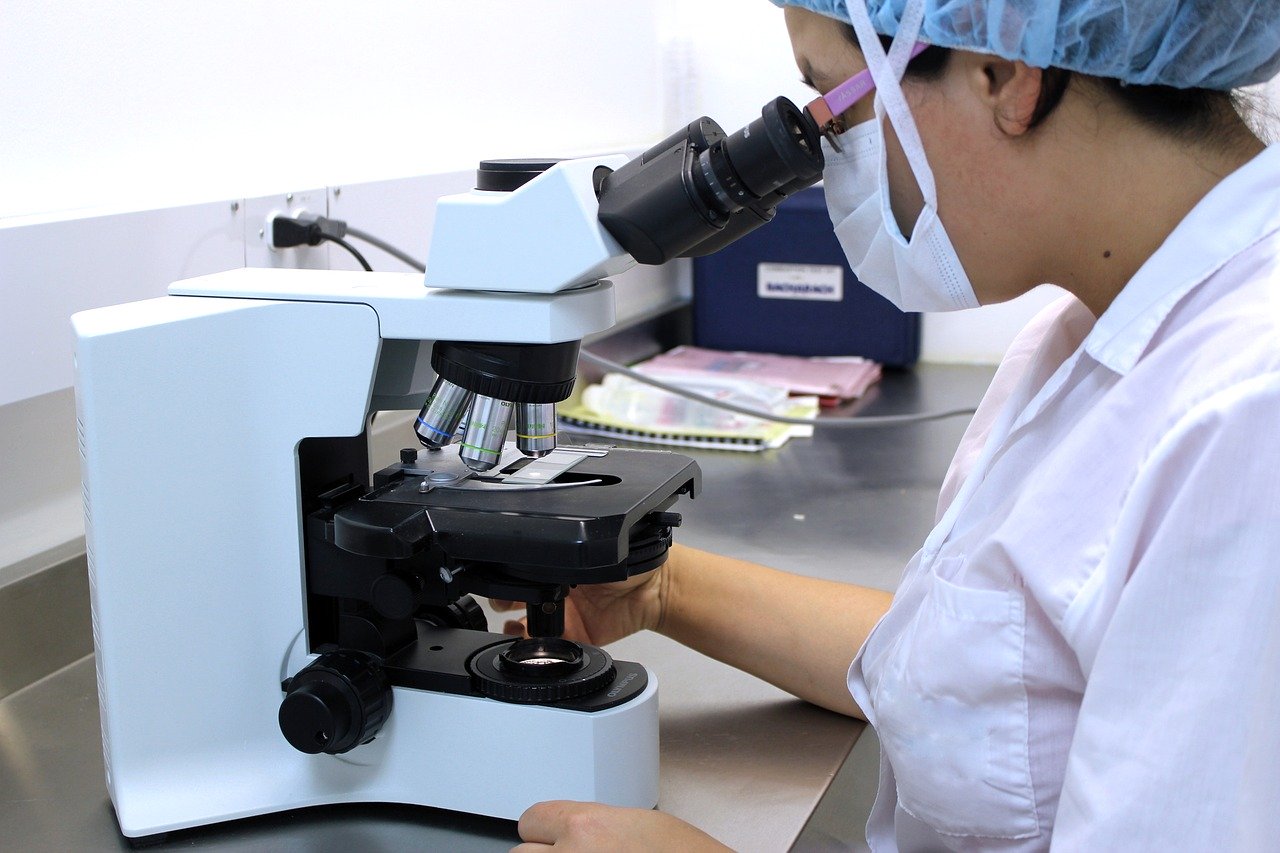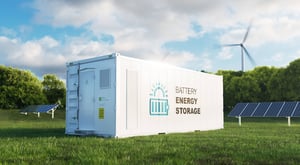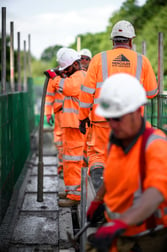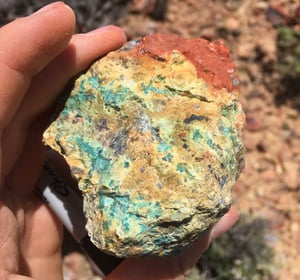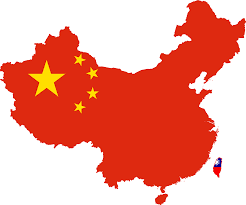Cizzle Biotechnology plc (LON:CIZ) Executive Chairman Allan Syms caught up with DirectorsTalk for an exclusive interview to discuss the new Licensing and Partnership MoU for North America, why the focus on North America, royalties & financial return on sales, development plans and the routes to market for the test outside of the USA, key milestones & targets, and the steps to bring the product formats to market.
Q1: Alan, you’ve announced an MOU covering a new proposed licensing and partnership agreement to cover the group’s activities in the US. Could you just give us an overview of what’s envisaged there?
A1: Well first off, absolutely delighted to have finally got this agreement together, somewhat we’ve been negotiating for a while, and it falls nicely after our last announcement of raising money to largely be putting into clinical trials. We do see the United States as such an important market and so we were very keen to actually have a presence there in the USA and to date, that has been through our partnership with Corepath Laboratories.
This takes us to a completely different level.
So, this is setting up an entity in the United States that is fully funded from the USA by high net worth individuals which means that we as a company are not going to be putting money into the USA, this is all going to be covered by the investors in the US.
What it means for the company is that we’re getting a guaranteed royalty stream in total with upfront payments of $2.4 million, and that means a lot to us. We’re a company that’s small, we have low overheads so bringing $2.4 million into the company over a period of 30 months is a substantial revenue stream to bring into the company. In addition to that, we get a free carry in the business in the USA so the revenues won’t just stop there, in addition to that, we will have a share of the business and the proceeds and revenues that that business will generate.
On top of that, as I said already, we had previously budgeted to do this ourselves, that’s the reason why we did the announcement only last week to actually cover what we needed, what we believed were going to be the cost of doing those clinical trials. Now, we don’t have to do that. That’s effectively a saving of nearly £500,000 for the company.
So, in total we’re bringing in $2.4 million guaranteed revenues, we have a share of the business in the United States and we are going to get further savings because we’re not having to spend the money that we’ve got on our own. The way we envisage the relationship working is that the business in the USA will continue to support some of the development work in the UK as well, which means at the end of the day I think we will also see monies flowing to further development of our product stream in the UK.
So, a tremendous deal, revenue generating, bringing us with a very low overhead business into what I believe shareholders are really seeking, which is can we see when the revenue is going to arrive for the company and lessen our dependence upon shareholder funding to keep the business in the direction we want it to go.
So yes, absolutely delighted with the result of this.
Q2: So, the new Cizzle Bio Inc intends to conduct clinical trials amongst other things and commercialise the group’s early stage lung cancer test in the USA. Could you explain why you’re going down that route and focusing on the USA at this stage and not just doing the work itself and having 100% of the benefit?
A2: Great question and several elements to it.
Why the USA? Well, because it’s a huge marketplace, right now there is a preventative task force looking at lung cancer screening in the USA and they’re demanding that they go out, find targeted groups and test over 14 million people a year in the USA. Unfortunately, the methodology for that is using CT scanning and for socioeconomic reasons and also because people are heavily dependent upon medical insurance in the US, that is not really something that’s available to them. So, there’s very low take-up and so there’s a really big unmet need in the USA for a very simple blood test like the test that we are developing.
So number one, the USA is very important.
Second part of your question was, why aren’t we doing this ourselves because potentially, there are very large margins in doing this assay. The simple answer is, we’re a licensing business. For us to set up on our own in the USA, we would have to invest very substantial sums of money in infrastructure, wet lab facilities of our own, that also takes time to do. In addition to that, there are various accreditations and rules that go around using a clinical laboratory to do these testing and most importantly, the people, we would have to hire a workforce in North America.
So, in the end, it’s the time it takes to do this, primarily it’s the cost associated with putting up the infrastructure, and together with the regulatory things means we would be a very long way down the road before we’re actually able to do this ourselves. We’re a small virtual business with a licensing strategy and this is part of that licensing strategy.
Q3: Now, there were royalties outlined in the announcement. Am I right in thinking that these are minimum guaranteed payments and that the financial return for sales could be much larger from the US venture?
A3: Yes, absolutely, let me break that down a little bit, a little bit about the way that which the money comes and the way the structure is.
Our arrangement is for a 10% royalty stream and I also want to emphasise that we’re incorporating our existing deal that we have with Corepath Laboratories, who are one of those great labs that are specialists in oncology. They have their own infrastructure and people and accreditation so we’re rolling this all in together, and in the end, we will end up with a net 10% royalty on all sales that come from North America. So, from our viewpoint, that isn’t limited to the minimums.
The reason there are minimums there is because this is an exclusive license to North America and most people who have done licensing deals, and I’ve done many licensing deals in my time, would always seek to have some guarantee of revenues. If you’re giving a territory, such an important territory as North America, you would seek minimum payments and that’s what those payments are, those are the minimums we expect to get, but they’re certainly not the maximum by any shape or form. It is definitely the minimum which we will then get, as we exceed those minimum levels, we will then benefit from full 10%. Don’t forget, of course, we’ve got a 10% equity share in the business.
So we’re getting, if you like, a bite on both parts of that particular cherry for us. So that’s why it’s so very exciting.
Q4: Now the planned venture obviously just covers the USA. What does that mean for sales activities in the UK and the rest of the world, specifically the development plans and the routes to market for the test outside of the USA?
A4: Well, let’s just clarify, it’s North America, so it’s not just the USA, it’s Canada as well. It makes sense, the trading relationship between Canada and the United States is so close, it will be crazy for us not to include Canada. So, this deal is for all of North America in the first instance.
I think the second thing is, I’ve mentioned what we get in terms of our revenue streams, our partnership from this entity being in North America but we do envisage there to be a lot of improvements. We envisage that obviously the clinical trials work will have been done and obviously the product formats, and I’m going to tell you a little bit more about the product formats towards the end of this particular interview, because I think it’s important for everyone and our shareholders to understand we’re not a one-trick pony. We’re not just a single product, we have multiple potential products.
All of those inventions and all of those potential developments will come back to the business in the UK, which means we have rights to the rest of the world. So, all of that investment that’s going on in North America, there will be a further additional benefit that we will own those rights for our strategies in China, for putting things in place in the rest of Asia-Pac, and most importantly, Europe and in the UK.
Q5: Just to finish though, and I know you want to go on and explain, but could you just summarise what you see as the key milestones and targets for Cizzle Technology over the short to medium term?
A5: I think that’s the great segue into what I was just saying is that, and I’d like to take the opportunity to all of our shareholders to just say, look, sometimes these things seem quite complex, and we will improve our communication regularity with shareholders to help explain the differences between different product formats.
It’s important that, as I said, we’re not just looking at a single product, our first commercial test is, as we have said in the marketplace, to be done in a laboratory, we are working still closely with Bio-Techne, and we have a number of different monoclonal antibodies that are relevant to different product formats.
So, the first commercial test will be for that laboratory test using the system that we’ve been working with for quite a while now and complete the clinical trials on that. I also see that there will be further test formats, there is a test called an ELISA format, for example, and basically that’s a 96-well plastic dish where everybody puts their various samples and washing steps and antibodies, it’s still a lab-based test, but it’s really meant for mass-scale testing. Ultimately, the vision is for something that can be used in doctors’ offices and pharmacies, a bit like akin to a fingerprint test that you would see for somebody with diabetes, and then using a lateral flow device that, for example, has been used so well for pregnancy testing and more later, of course, for COVID.
So, there are these different product formats so the way in which we see the company moving forward is that we will deliver on each of these different formats. That requires different antibodies with different conditions of doing the test and that’s why I wanted to clarify to our shareholders the recent announcement we made about a further monoclonal antibody. It’s not that our other ones don’t work, it’s just that we need different antibodies for different product formats and so, that’s why it’s very important for us to have these three different formats to go forward with.
Each one of them will require different clinical trials, each one will require different sets of conditions, each probably will need their own particular monoclonal antibody, all of that’s proprietary to the company.
So, those are the key things going forward that we need to consider.
Q6: Just before we go, could you just explain for us, for these product formats, what are the steps to bring these products to market?
A6: Yes, really down into the detail, that’s very important, something that we want shareholders to have a good understanding of, which is that there are very clearly defined milestones that the company has set itself to achieve a product that goes to market. We have said this before, but this is a great opportunity just to explain that in more detail.
The first thing is we now need to go into a commercial manufacturing mode. Everything we’ve done thus far has been done with the great laboratories that we have at the University of York with Professor Dawn Coverley, the founder but now we’re into that commercial drive to get first product to market. So, the first thing is we need our antibodies to be manufactured by a third party and we will make some announcements about that fairly soon, about who is manufacturing and to what quality management system are those antibodies made.
Those antibodies are then used for the clinical trials that are actually then the basis of the commercial test. So, we do lots of clinical tests, we’ve done over the years many clinical tests to validate the technology but each time you’re going to put a product into the market, that particular product format needs to be retested in a clinical trial setting. So, those commercial antibodies will be used for doing those clinical trials.
You then have to have that accredited, and whether that’s accredited as a laboratory-developed test within a laboratory or goes on to become approved by the FDA as an FDA 510(k) product or in Europe through a CE mark or in the UK as a UK CA mark.
Then it is, well, who’s going to pay for that? Of course, since our prime market is the USA currently, that means getting into the reimbursement area so we need reimbursement codes, we need to understand the way in which this product will be paid for by Medicare and other insurance companies.
So, four fairly delineated steps now, and we will come back to shareholders and report on progress on every single one of those as we go.


